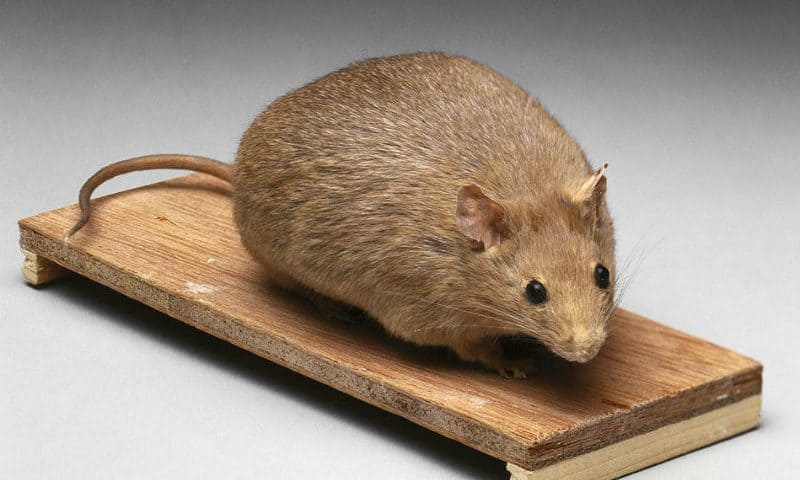People who are overweight and suffering from joint pain caused by osteoarthritis are often reluctant to exercise, even though physical activity can boost muscle strength and relieve pain. A new study suggests gene therapy may someday be a good option for those people—and it may help them shed pounds, too.
Researchers at the Washington University School of Medicine gave young mice a single injection of the gene that makes follistatin, a protein that normally blocks another protein called myostatin, which modulates muscle growth. The therapy caused a significant buildup of muscle mass in the mice while also preventing obesity, the team reported in the journal Science Advances.
“We’ve identified here a way to use gene therapy to build muscle quickly,” said senior investigator Farshid Guilak, Ph.D., professor of orthopaedic surgery and director of research at Shriners Hospitals for Children – St. Louis, in a statement. “It had a profound effect in the mice and kept their weight in check, suggesting a similar approach may be effective against arthritis, particularly in cases of morbid obesity.”
In fact, the mice didn’t just build muscle, they also nearly doubled their strength without exercising any more than they usually did. Despite being fed a high-fat diet, they had fewer metabolic issues and stronger hearts than did animals that did not receive the follistatin gene. Their joints were healthier, with less cartilage damage and inflammatory markers than their untreated counterparts, the researchers reported.
What’s more, the Washington University team discovered that the gene therapy promoted the “beiging” of white fat, meaning it turned some unhealthy white adipose tissue into brown fat, which “positively correlates with increased triglyceride clearance, normalized glucose level, and reduced inflammation,” the researchers wrote in the study. Therefore, delivering the follistatin gene could serve “as a very promising approach to induce beiging of [white adipose tissue] in obesity,” they wrote.
This is not the first time gene therapy has been proposed as a potential treatment for obesity and other metabolic diseases. Australian researchers demonstrated that removing the gene RCAN1 from mice, for example, helped turn white fat into brown fat. And a team in South Korea used the gene editing system CRISPR to remove the FABP4 gene from mice that had been fed a high-fat diet, resulting in a 20% loss of body weight and a reduction in insulin resistance.
The Washington University team’s approach is distinctive in that it focuses on building muscle. But the researchers noted they’ll have to do further studies to determine whether the gene therapy has any negative effect on heart muscle. Even though heart health improved in the mice, any thickening of the heart’s walls could be dangerous over time.
Still, Guilak and his colleagues believe that follistatin gene therapy could be a promising approach to treating several conditions, including muscular dystrophy and other diseases that cause muscle wasting, they said in the study.

